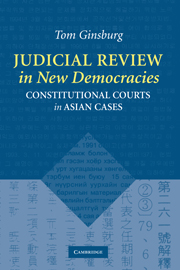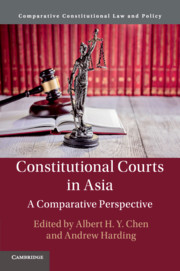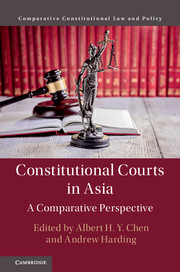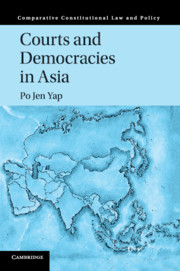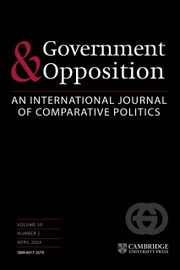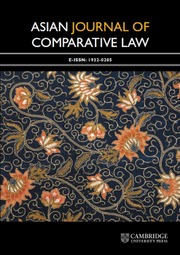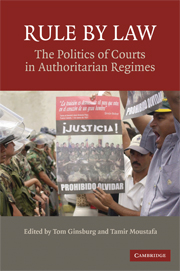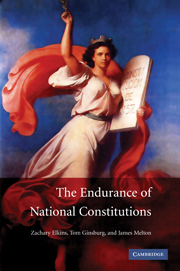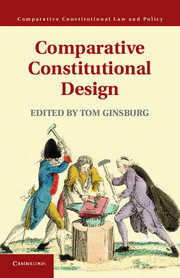Judicial Review in New Democracies
Where does judicial power come from, how does it develop, and what political conditions support its expansion? This book answers these important questions through an examination of three constitutional courts in East Asia, where law is traditionally viewed as a tool of authoritarian rulers. New democracies around the world have adopted constitutional courts to oversee the operation of democratic politics. Thomas Ginsburg argues that, while judicial review does put constraints on government, it is sought as a solution to the problem of uncertainty in constitutional design. By providing "insurance" to prospective electoral losers, judicial review facilitates democracy.
- Was the first comparative book on judicial review in Asia
- Of broader comparative interest - contains material on Eastern Europe and other new democracies
- The book explains why judicial review serves the interests of constitutional designers, not just the ideology of rights
Reviews & endorsements
"Every serious scholar and student of constitutional politics and institutional design should read this book." The Law and Politics Book Review
"Ginsburg provides compelling empirical support in his three East Asian cases that judicial power increases when political power is diffuse. Because he is interested in highlihgting the conditions under which courts can constrain other political actors, compliance is an important indicator of judicial independence." - Shannon Roesler, Law and Social Inquiry
Product details
August 2003Hardback
9780521817158
310 pages
236 × 160 × 26 mm
0.55kg
15 b/w illus. 13 tables
Available
Table of Contents
- Acknowledgements
- Notes on usage
- Introduction: the decline and fall of parliamentary sovereignty
- 1. Why judicial review?
- 2. Constituting judicial power
- 3. Building judicial power
- 4. Courts in new democracies
- 5. Confucian constitutionalism? The grand justices of the Republic of China
- 6. Distorting democracy? The constitutional court of Mongolia
- 7. Rule by law or rule of law? The constitutional court of Korea
- 8. Conclusion: comparing constitutional courts
- Bibliography
- Index.

